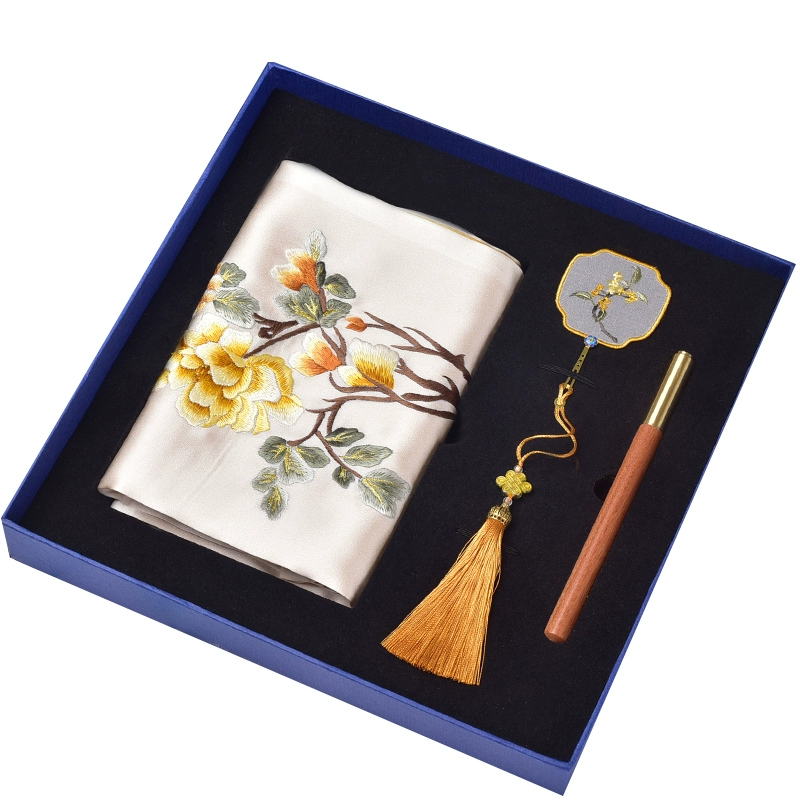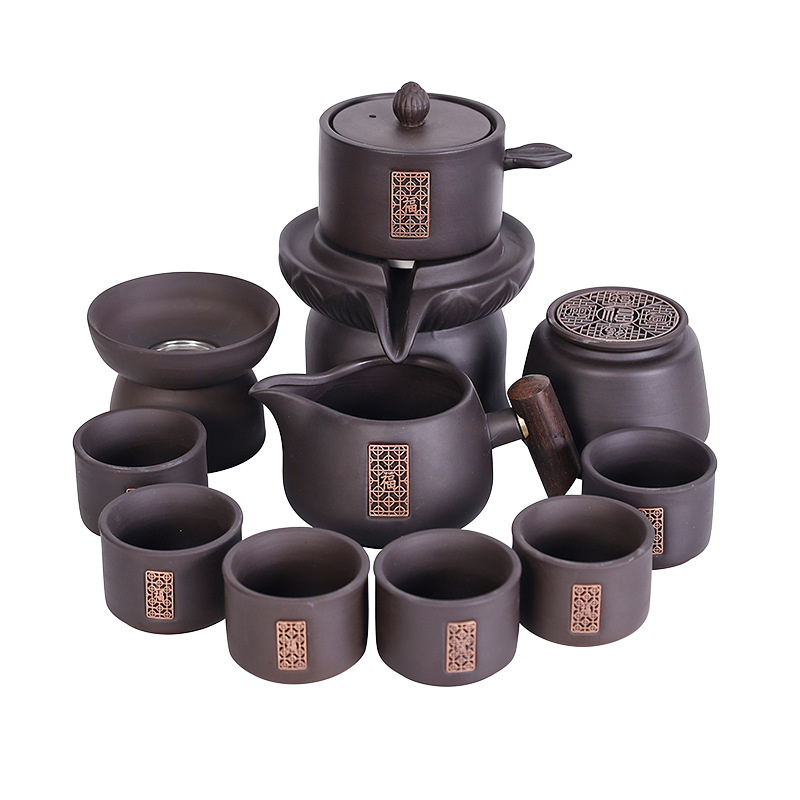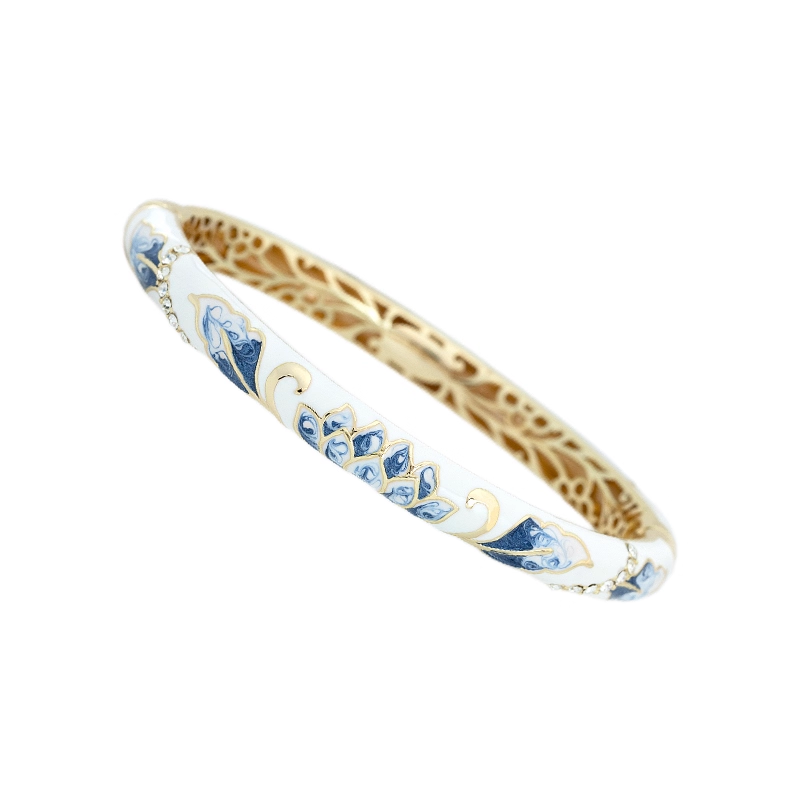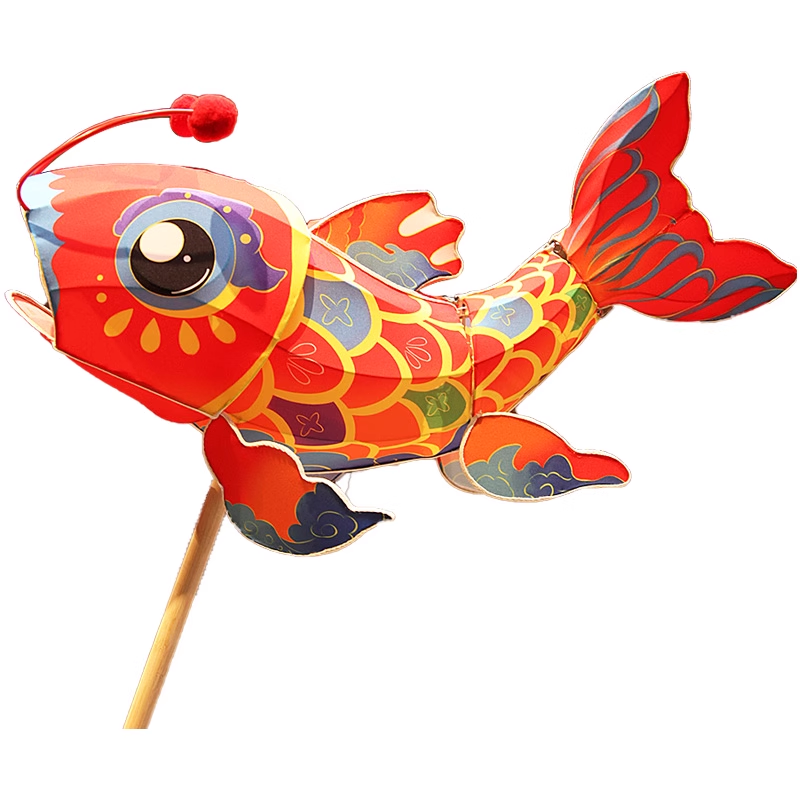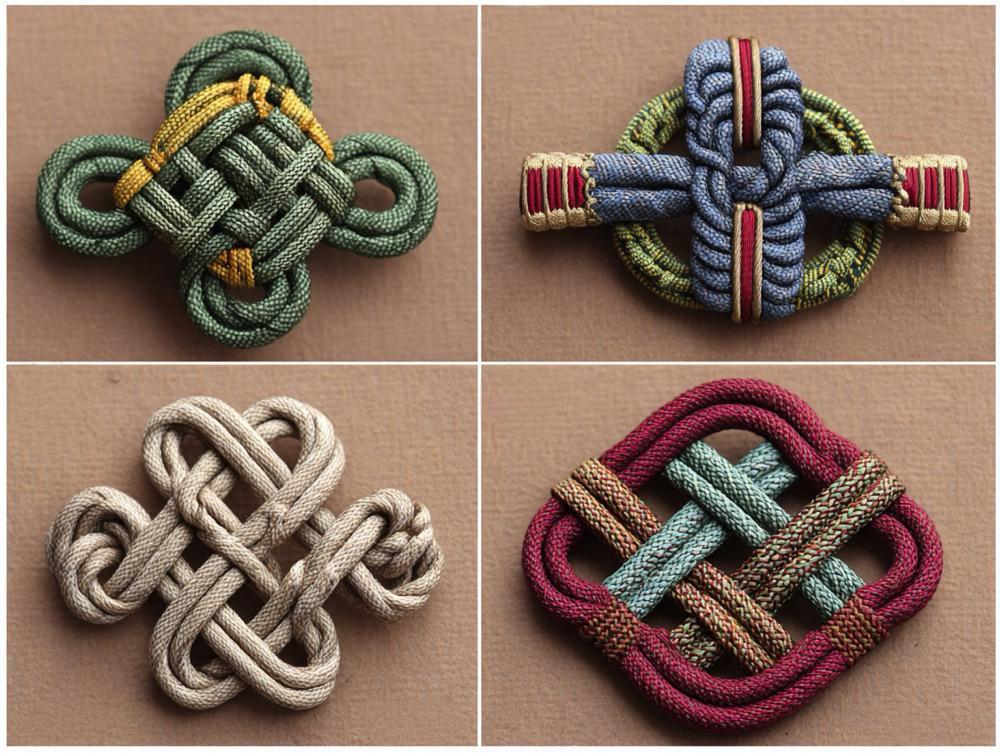Paper-Cutting: A Millennium-Old Art Legend in Fingertips
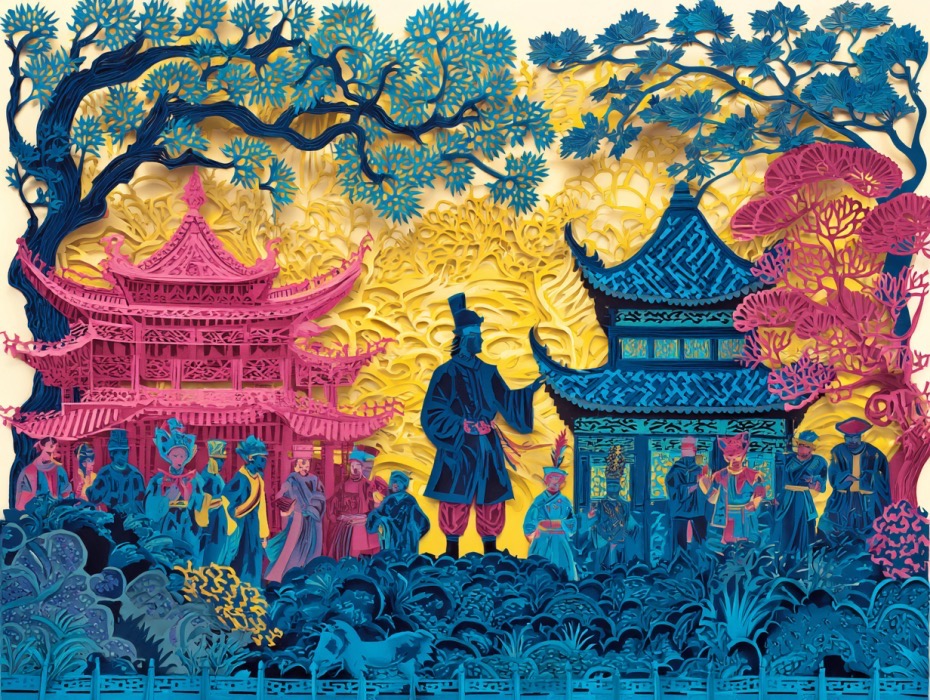
Amid the vast river of China’s traditional crafts, paper-cutting stands out as a timeless artistic treasure, cherished for its simple materials, vivid lines, and rich cultural connotations. This folk art, which uses scissors or carving knives to create hollowed-out patterns on paper, was not only a medium for ancient Chinese people to record their lives and express emotions but has also become a vital symbol for spreading the charm of Chinese culture to the world today. With its unique artistic appeal, it has captured the attention of audiences across the globe.
The history of paper-cutting can be traced back to the Han Dynasty (206 BCE–220 CE). At that time, people cut gold and silver foils, colored silks, and other materials into exquisite patterns for sacrificial rituals and decorations. During the Wei, Jin, Southern, and Northern Dynasties (220–589 CE), with the development of papermaking technology, paper gradually became the main material for paper-cutting, and the cutting techniques also improved, leading to the emergence of simple patterns used to decorate window grilles and lanterns. By the Tang Dynasty (618–907 CE), paper-cutting art matured. The poet Du Fu even mentioned in his poems, “Warm soup washes my feet; paper-cuts call back my soul,” indicating that paper-cutting had already integrated into folk life by then. In the Song and Yuan Dynasties (960–1368 CE), the application of paper-cutting expanded further. Beyond daily decorations, it was used as a base pattern for embroidery and ceramic decals, serving as a link between different art forms. The Ming and Qing Dynasties (1368–1912 CE) marked the golden age of paper-cutting. Distinctive schools emerged across the country—northern paper-cutting is known for its bold and unconstrained style, while southern paper-cutting is celebrated for its delicacy and exquisiteness. The themes of the works covered flowers, birds, fish, insects, opera characters, and folk stories, permeating almost every aspect of people’s lives and making it one of the most popular folk arts.
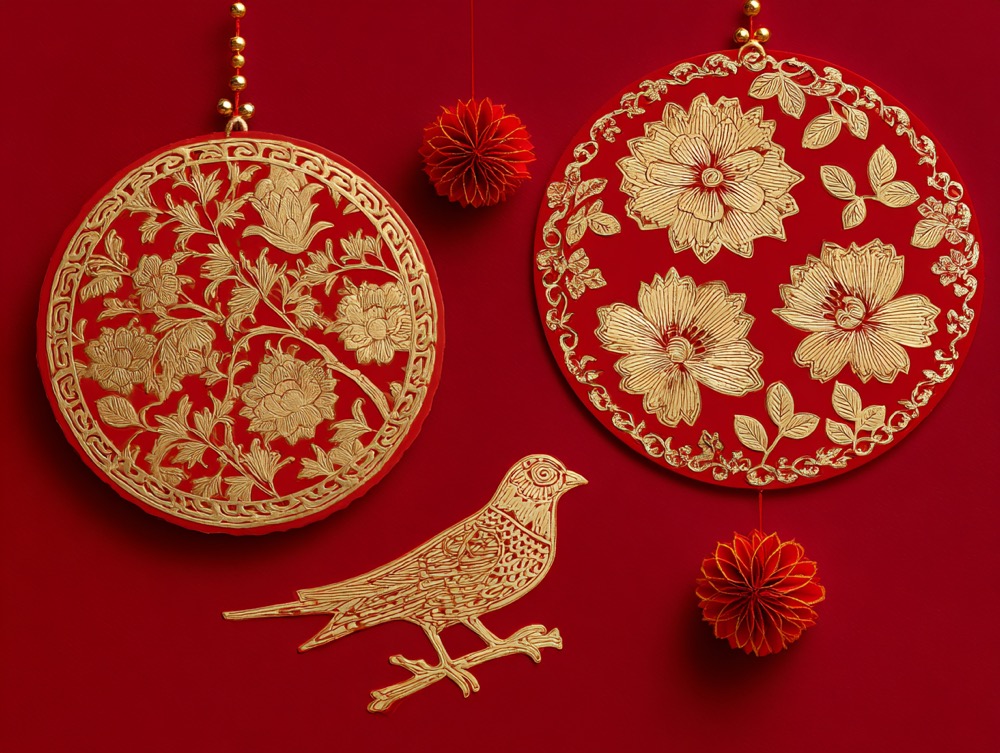
Chinese paper-cutting boasts a wide variety of types with distinct regional characteristics, together forming a splendid landscape of paper-cutting art. Classified by purpose, it can be divided into decorative, ceremonial, and practical categories. Decorative paper-cutting is the most common, including window grilles, door decorations, and wall decorations. During traditional festivals such as the Spring Festival and Lantern Festival, people paste bright window grilles on windows and hang red door decorations above doorframes, creating a festive and harmonious atmosphere. Ceremonial paper-cutting is used in important occasions like weddings, funerals, and weddings. For example, “double happiness” characters and “dragon and phoenix” patterns are used in weddings to convey aspirations for a happy life, while paper money and paper streamers are used in funerals to express remembrance for the deceased. Practical paper-cutting is closely tied to production and daily life—for instance, it serves as a base pattern for embroidery and printing, ensuring accurate reproduction of patterns and greatly improving craft efficiency. Classified by regional schools, Shaanxi paper-cutting is famous for its bold and exaggerated shapes, using simple lines to depict the folk customs of northern Shaanxi. Yuxian paper-cutting from Hebei Province is characterized by the combination of carving and dyeing—first carving, then dyeing—resulting in bright colors and exquisite expressions of opera characters. Foshan paper-cutting from Guangdong Province often uses materials like copper foil and silver foil, giving it a magnificent appearance. It is commonly used to decorate ancestral halls and temples, exuding grandeur and elegance.

The charm of paper-cutting lies in its exquisite and ingenious production process. Behind the seemingly simple cutting and carving lies the craftsmen’s in-depth understanding of materials, tools, and patterns. First, material selection: traditional paper-cutting mostly uses soft red paper with bright colors. Colored paper in yellow, green, blue, etc., is also used according to needs. In some regions, special materials like gold foil and silver foil are adopted to enhance the visual effect of the works. In terms of tools, scissors and carving knives are essential. Scissors are suitable for cutting simple and smooth lines, while carving knives are used to handle complex and delicate patterns. Craftsmen flexibly choose tools based on the characteristics of the design. The production process usually consists of three steps: design, cutting/carving, and pasting. In the design stage, craftsmen transform their ideas into paper drafts, focusing on the symmetry and symbolic meaning of the patterns. For example, “fortune” (fu) character paper-cuttings often incorporate elements like bats and copper coins, symbolizing “fortune at hand.” The cutting/carving stage is the most crucial. Craftsmen need to concentrate, move their wrists flexibly, and control the strength and angle. Especially when dealing with hollowed-out parts, they must ensure the integrity of the pattern while avoiding paper damage. Some complex works may take several days or even months to complete. In the pasting stage, craftsmen paste the cut/carved works on windows, walls, or utensils according to the usage scenario, integrating the static paper-cutting into dynamic daily life.
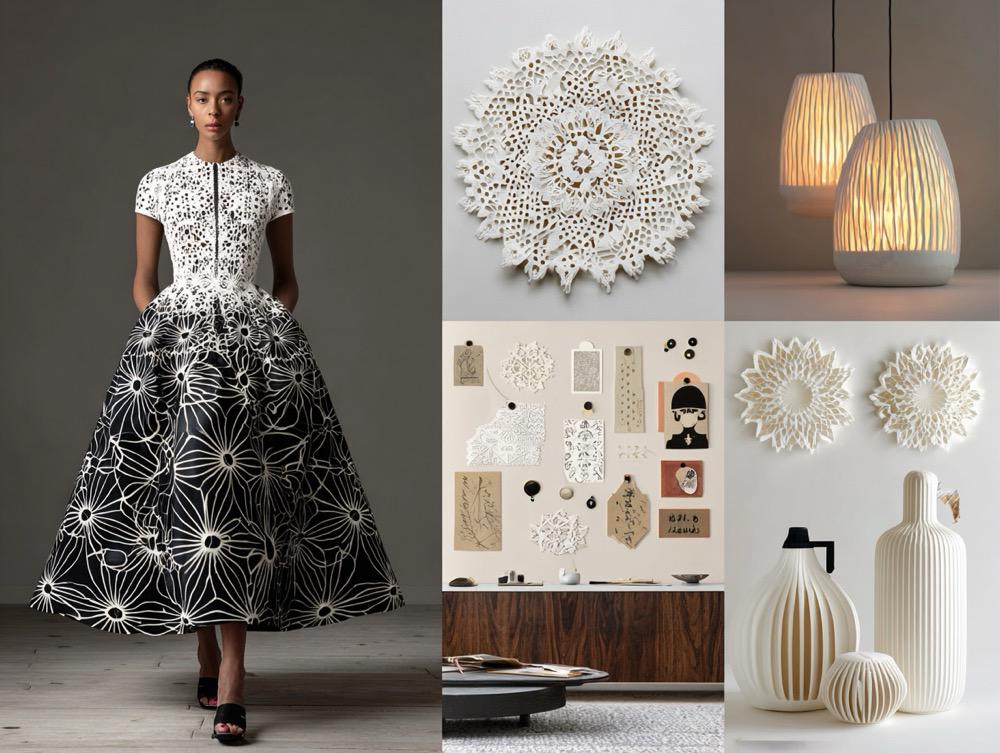
In modern society, paper-cutting art has not faded with the changes of the times; instead, it has gained new vitality through innovation. On one hand, traditional paper-cutting techniques have received systematic protection. In 2009, Chinese paper-cutting was inscribed on the UNESCO Representative List of the Intangible Cultural Heritage of Humanity. Paper-cutting inheritance bases have been established across the country, and veteran craftsmen pass on the millennium-old techniques to the younger generation through the “master-apprentice” model. Meanwhile, various paper-cutting exhibitions and competitions are held, helping more people understand and fall in love with this art. On the other hand, paper-cutting has been deeply integrated into modern life, the fashion industry, and the cultural and creative field. In the fashion world, designers incorporate paper-cutting elements into clothing patterns and accessory designs, allowing traditional patterns to shine on the catwalk. In home decoration, paper-cutting-style wall stickers, hangings, and lampshades inject a strong Chinese style into spaces. In the cultural and creative sector, paper-cutting bookmarks, notebooks, and refrigerator magnets are deeply loved by consumers, becoming fashionable carriers for inheriting traditional culture. Moreover, paper-cutting has become an important bridge for cultural exchange. It has been exhibited in many international art exhibitions and cultural festivals, and many foreign artists have made special trips to China to learn paper-cutting techniques, earning this ancient art more love and recognition worldwide.
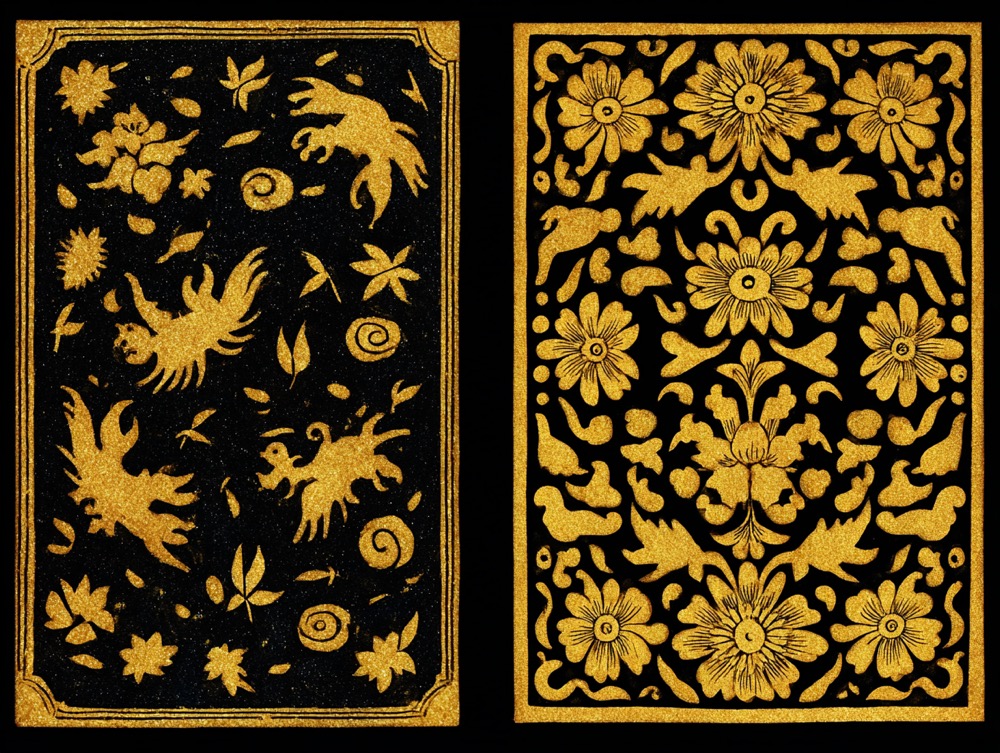
From the gold and silver foil cuttings of the Han Dynasty to the diverse schools of the Ming and Qing Dynasties, and to the innovative development of today, paper-cutting has always taken paper as the canvas and cutting/carving as the brush and ink. With its simplest craftsmanship, it interprets the Chinese people’s love for life and pursuit of beauty. It is not only a collection of exquisite artworks but also a series of vivid historical records and an endless cultural inheritance. In the new era, with its unique charm, paper-cutting is crossing time, space, and national borders, spreading the millennium-old legend of fingertips to every corner of the world.
